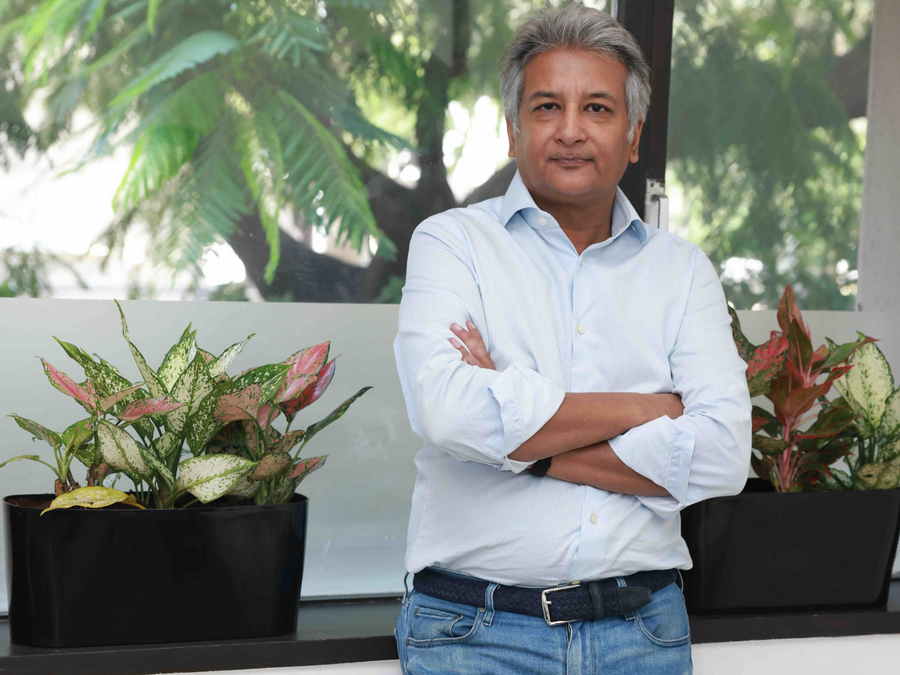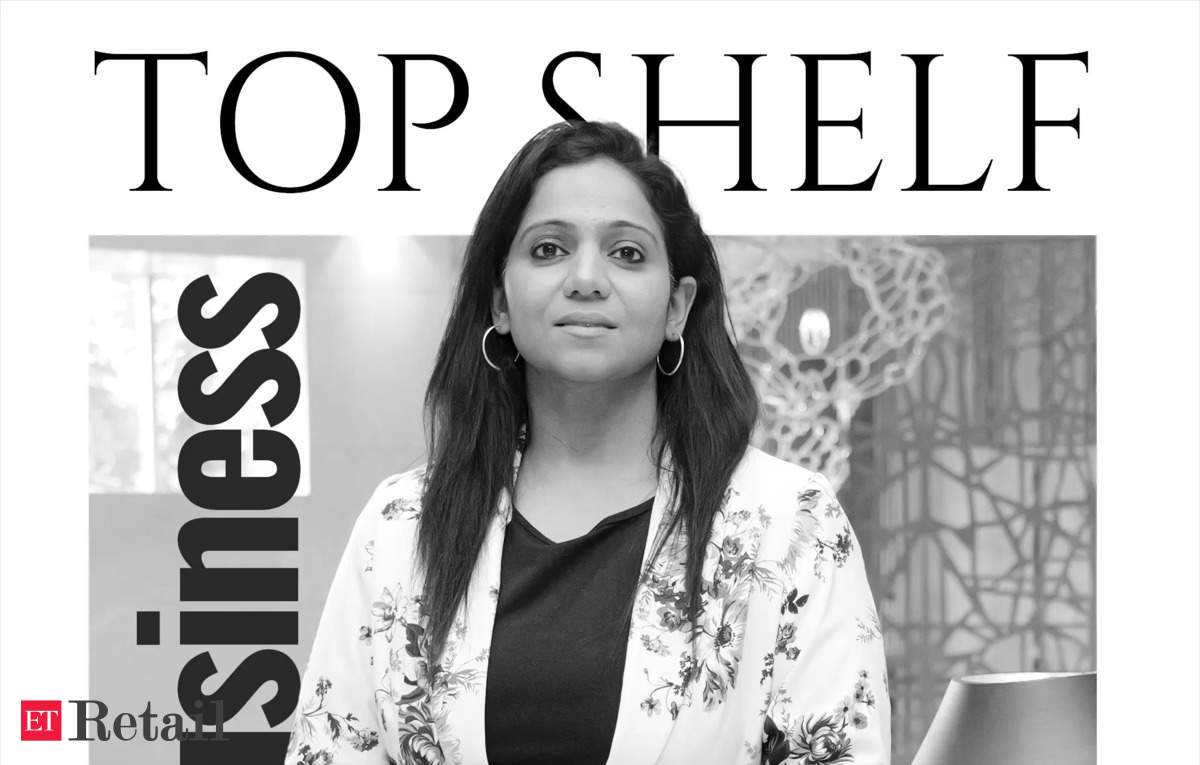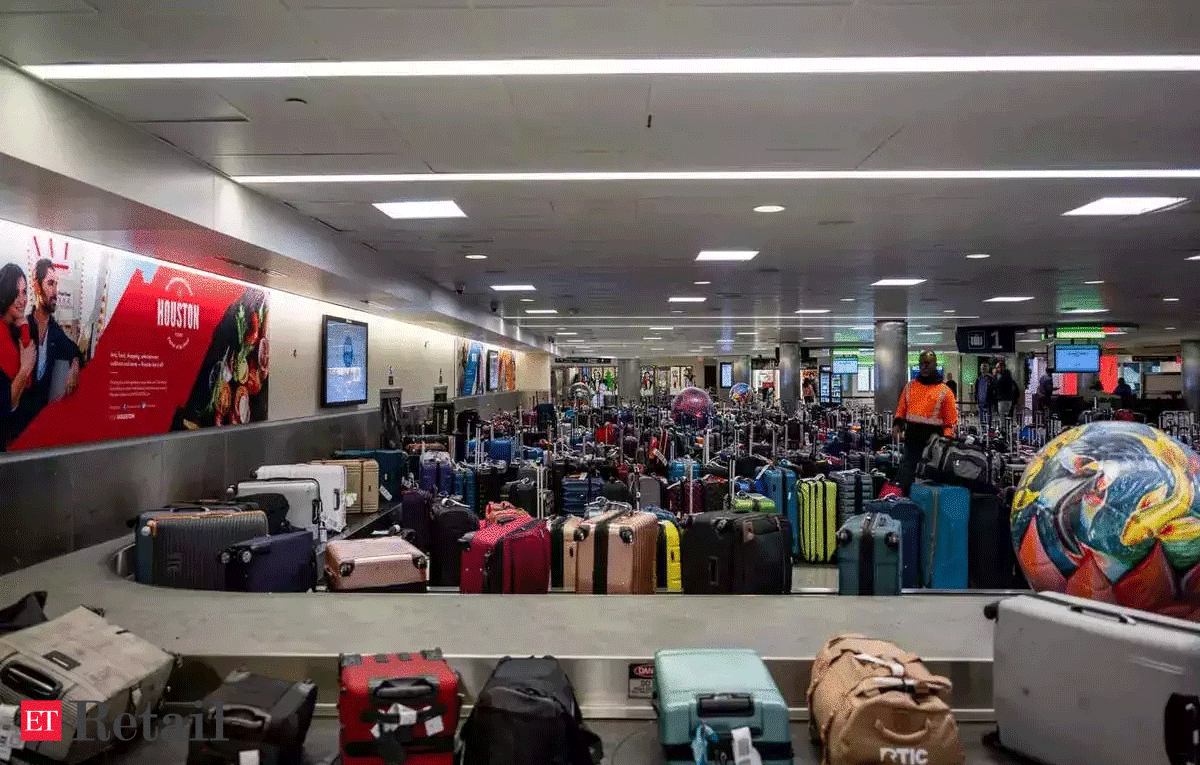- Musings From Deepak @ DSG Consumer Partners
- Posts
- Deepak's Musings #165: ❤️🩹 Remembering Rohan Mirchandani
Deepak's Musings #165: ❤️🩹 Remembering Rohan Mirchandani
👜 The spicy new world of Indian Insurgent Brands
I am interested in all things consumer and insurgent brands. In my newsletter, I share what I read, think about, and reflect upon. You can follow me on Twitter at @dishahdadpuri or DSG Consumer Partners at @dsgcp.
p.s. You can click any summary link to read the full article from its source.

2025: The Insurgent Brands Are Here
❤️🩹 Remembering Rohan Mirchandani
Rohan passed away unexpectedly on December 21, 2024, at the age of 42. But his vision, warmth, and impact on all who knew him will live on.
I first met Rohan in 2011 when he was at business school, trying to figure out his post-graduation path. Like me, he was not born or raised in India, but he felt a deep pull to come and build something meaningful there. From dreaming about a film fund to launching Hokey Pokey ice cream, our conversations over drinks and food (Rohan was an unreserved foodie) shaped what would become his legacy. Between 2013-2016, we debated categories endlessly. Then came that pivotal moment - his idea to build a Greek yogurt brand for India. That's when I knew we had something special.
The audacity was pure Rohan. A 30-year-old was telling a nation of dahi lovers to try Greek yogurt! Only he could envision something so bold and different. This was the birth of Epigamia.
Under Rohan's leadership, Epigamia grew from this audacious idea into a profitable enterprise, now crossing ₹200 crore in revenue. But beyond the numbers, Rohan built something far more valuable - a culture of innovation and genuine connections. From factory workers to fellow entrepreneurs, his warm personality and infectious enthusiasm touched everyone he met.
His most enduring gift was his role as a mentor. Generous with his time and wisdom, Rohan guided countless entrepreneurs through their journeys, leaving an indelible mark on India's startup ecosystem. Many of the DSGCP founders, younger and older, would reach out to Rohan for advice. Rohan never said no and was very generous with the most precious of resources: his time.
We will miss you deeply, my friend.

👜 The Spicy New World of Indian Insurgent Brands
The journey of building India's insurgent consumer brands and the landscape around them are fascinating. I enjoyed diving into this topic with The Ken's brilliant hosts, Rohin Dharmakumar and Praveen Gopal Krishnan.
Through DSG Consumer Partners, I've had a front-row seat watching India's consumer story unfold - from insurgent startups watching them develop into the incumbents themselves. Trust me; some incredible lessons are learned, mistakes made, and insights gathered.
This conversation is even more exciting because we're joined by Ajai Thandi, who's revolutionizing India's coffee culture with Sleepy Owl Coffee, and the sharp-minded Seetharaman G, The Ken’s deputy editor who brings years of retail wisdom to the table.
From spotting the next big consumer trend to understanding what makes brands tick in India - we're covering it all.
🤖 Welcome Gen Beta
Generation Beta (2025-2039) will be the first cohort raised with AI and automation as fundamental parts of life. With an unprecedented $100+ trillion wealth transfer from Boomers incoming and rapid technological change, this generation will drive major shifts in education, work, and society. Their emergence requires strategic adaptation from businesses and policymakers.
💄 2024 has been a tough year for the large beauty companies
The listed beauty companies' share price performance (in particular, what has been a bull year for the S&P) highlights the challenges brands face.

Source: Indie Beauty Media Group
👶🏻 India’s baby products market
India, now the world's most populous country, is witnessing a gradual shift in its baby care market from unbranded to branded products. Despite this demographic advantage, domestic baby care brands have been scarce. However, the success of companies like FirstCry indicates a growing consumer preference for branded baby care items. This trend suggests a significant transformation in India's baby care industry, presenting new opportunities for businesses and consumers.
At DSGCP, we have backed The Mom’s Co (Exited), Piccolo and Super Bottoms. We continue to look for more brands to build in this category.

🟤🔴🟡 The Mars Story
I am an avid podcast listener and follow several publishers, mainly focused on leadership, business building, consumer brands, biographies and history. One of my favourites is The Acquired Podcast, which I always make time for.
A recent episode is about Mars Inc., the chocolate company. It is fascinating in so many ways. I will not spoil it for you, but I will say it is a must-listen for anyone building consumer brands and anyone (which is everyone) who loves chocolates.
🐶 What does chocolate have to do with Pet Care?
Since we are on the topic of chocolates, almost everyone reading this must have tried a Mars product. It could have been M&Ms, Snickers, Mars or one of the many other brands it owns.
Did you know Mars Inc. is also the world’s biggest pet care company? You would have known this if you had listened to my recommended podcast. However, most people do not know this or understand how Mars ended up in the pet care business.
FYI: Nestle Purina is the world’s second-largest pet care company for those interested.
It recently entered the Indian pet care market with an investment in Crown Vet. The pet care category in India is still very young. Given consumer preferences and trends, many more Indians are expected to become pet parents, and therefore, brands have an opportunity to serve pet parents.
🆚 Trend first versus brand first
A trend-first strategy focuses on rapidly adapting to what's popular among consumers, especially younger demographics like Gen Z. This ensures the brand stays culturally relevant and in demand. Conversely, a brand-first approach emphasizes building a strong, distinct identity that fosters loyalty and trust over time.
Sinha highlights the importance of blending both strategies. While trend-first tactics drive engagement and cater to fast-changing consumer tastes, brand-first principles ensure a consistent and meaningful narrative, ultimately creating sustainable value. The ideal approach is leveraging trends to enhance brand identity rather than diluting it, providing both short-term excitement and long-term impact.
⚙️ BTV announces the launch of the second fund
BTomorrow (BTV) is the CVC arm of British American Tobacco. The BTV story is a case study of how a large incumbent corporation uses venture investments as a growth strategy.
BTV has co-invested with DSGCP in leading Indonesian VMS brand Youvit.
🛒 Why are analysts still surprised that large CPG companies want to acquire insurgent brands?
Earlier this week, there was news in the media that HUL is looking to acquire insurgent skincare brand Minimalist. My WhatsApp buzzed with messages from various people in the consumer ecosystems, with their views, comments, and more. Most asked me why HUL or other large CPG companies, historically known for their innovation and science, are buying young insurgent brands.
I am happy to discuss this in more detail, but the TLDR is that large companies are losing market share, and that share is mainly lost to insurgent brands, not other incumbents. As a result, M&A has become a core part of every large incumbent's playbook. It is part of their innovation strategy. While they continue to innovate internally and launch new products and brands, they are equally likely to outsource innovation to more nimble start-ups and look to acquire them.
🐓🐠 WTF is the D2C Meat Delivery Segment?
Was there ever a D2C meat delivery segment? Yes, companies like Licious and Zappfresh did carve out a niche for delivering fresh meats. When I was living in Bombay (2007-2012), I used PescaFresh for seafood.
As an investor, I spent (too much) time on whether one can build a large branded fresh direct-to-consumer produce business. Can you brand chicken or fish or prawns or lamb. Yes, you want to buy the best and freshest produce, so you need a trusted channel. Why would that channel not be someone like Amazon? Does it need to be a farm-to-fork? I took a call sometime in 2013-2014 that this is not a category I would invest in because I could not picture a future where branded fresh produce would be significant. I will probably be wrong, as I am in most cases. But I do track developments closely in the category to back-test the decisions I made 10 years ago.
🦈 Viraj Bahl is to be a guest shark on Shark Tank India
Veeba founder and CEO Viraj Bahl will appear as a guest shark in the latest season of Shark Tank India, which goes on air this week. When I spoke to Viraj a few days ago, he was very hush-hush about the companies he met on the show and if he invested in any of the founders. I have known Viraj Bahl for 20 years and first met him in 2004. He has a superpower; I am sure you will see this on Shark Tank India. Viraj had been building Veeba outside the public view for over a decade until the size of the business brought public attention.
🧳 It’s getting hot in India’s luggage category
When luxury meets markdown mania, something has to give. That's the stark warning from Samsonite's CEO, who's taking a stand against India's deepening addiction to retail discounts. In a market where slashed prices have become the norm rather than the exception, his concerns spotlight a growing crisis that threatens to reshape the country's retail landscape. From eroding brand value to vanishing profits, the implications stretch far beyond just luggage and travel gear - raising critical questions about the sustainability of India's current retail model and what it means for global brands eyeing one of the world's most promising markets.
I have been a vocal opponent to the inbuilt mentality of most founders to want to “discount” instead of pricing it at the appropriate price.
Their reasoning: “Everyone does it, so it is not really discounting. We have built it into the MRP price.” Do they think Indians are stupid? You will never build a brand if you are always on discount. You will become a commodity.
💅🏼 The Liquid Paper Case Study
Anyone born in the 1960s will remember this product. Liquid Paper was a must-have in my pencil case at school. The other competing brand was Tipp-ex (now owned by BIC). It was the quickest way to erase whatever I had written so that I could overwrite it. What I did not know was the backstory. By the way, I never associated this with old nail polish bottles, but now that I read the story, I see the connection.
Bette drew on her artistic background and began experimenting with white tempera paint in her kitchen. That simple solution evolved into Liquid Paper, which revolutionized office work. Bette's journey from single mother to pioneering entrepreneur culminated in a staggering $47.5M sale ($173M today), proving that often, the most significant innovations start with life's most minor annoyances.

How many of you remember using this?

















Reply